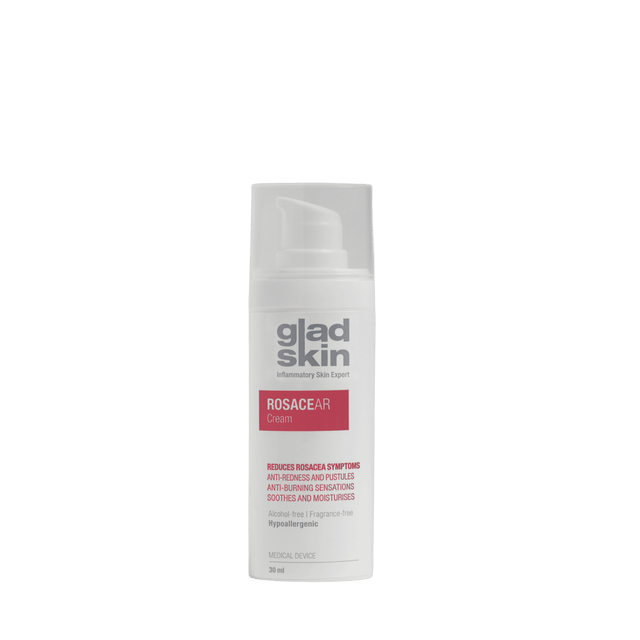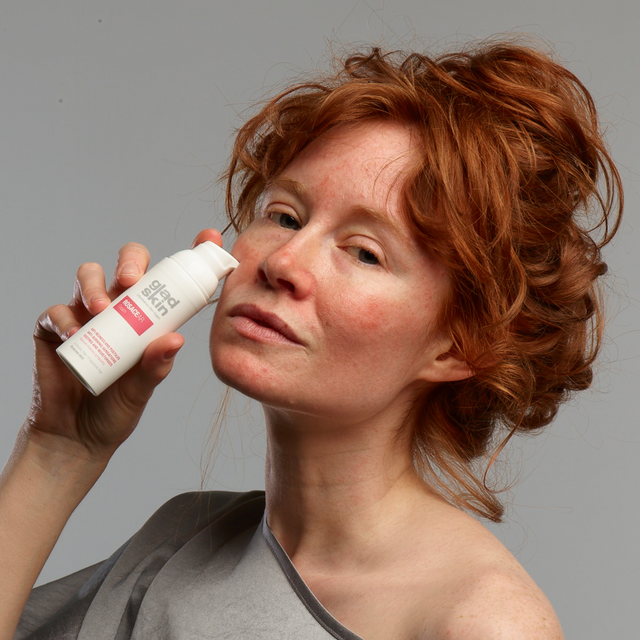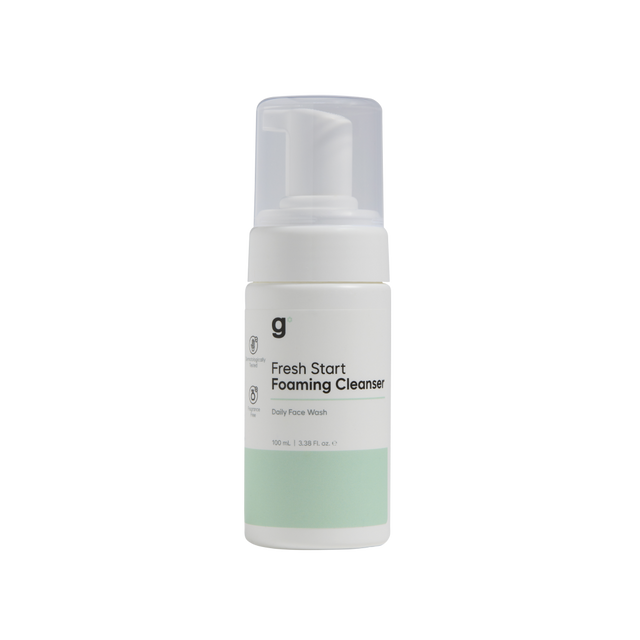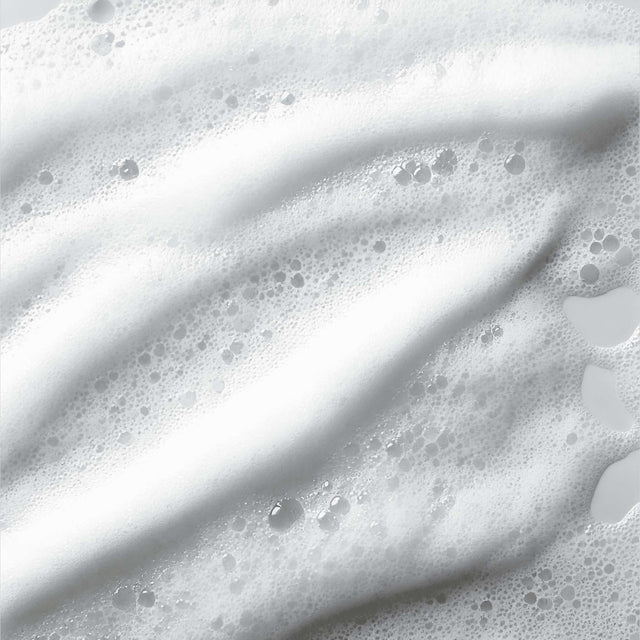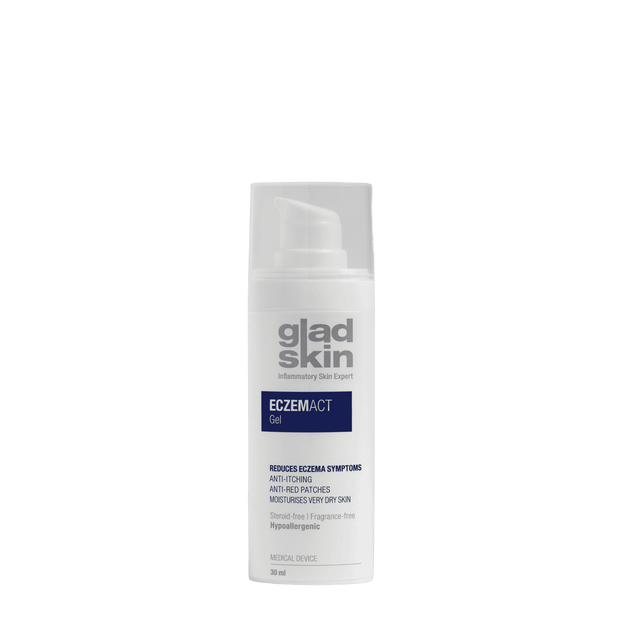When most people hear the word “bacteria,” they inherently associate it with something that’s harmful to us. I mean, the word alone conjures images of infections and creepy crawlies under a microscope. Additionally, anyone who’s ever struggled with acne has been taught to be wary of “blemish-causing bacteria.” For this reason, bacteria as a whole tend to get a bad rap—especially when it comes to skin conditions like eczema. Times are finally changing, though. With scientists shedding light on the skin microbiome, and more specifically: how essential good bacteria actually is for our epidermis’s health, folks are now starting to realize that there is a notable difference between the types of bacteria that exist.
To find out what these differences are, we consulted dermatologist, Dr. Peter Lio, for his expert insight on the subject. Keep reading for the lowdown.
Bad Bacteria:
A prime example of harmful bacteria that can negatively affect the skin is Staphylococcus aureus. Put simply: It’s a type of germ that can cause infections in those with chronic conditions, including diabetes, cancer, lung disease, and—you guessed it—eczema. A third of all people have Staph actually living in their nose, and in many cases, won’t cause an issue. But if there’s an overgrowth of staph on the skin, it can throw the epidermis and its microbiome completely off balance and result in symptoms like redness, dryness, and itching (all of which are associated with eczema).
According to Dr. Lio, staph bacteria really don’t belong on the skin—however, they’re often present in patients with abnormal skin barriers or an abnormal microbiome. Additionally, he says that staph can easily get out of control from rubbing and scratching of the skin, or when there’s skin that’s broken. Moreover, if there aren’t enough good bacteria on the skin to help keep everything under control, staph can quickly multiply and wreak havoc on the skin.
In addition to exacerbating eczema symptoms, staph can also cause infections that show up as painful red boils or abscesses on the skin, and in more serious cases, can infect the blood or cause meningitis. It can also make other inflammatory skin diseases, such as acne or rosacea, worse.
Good Bacteria:
Good bacteria on our skin is known as the skin microbiota or skin flora and help contribute to immune defense (in other words, they help protect us from getting sick). As Dr. Lio points out, most healthy people with well-functioning microbiomes will have a diverse set of good bacteria that work together harmoniously to help defend against disease. “If the neighborhood is full of nice people, then the bad guys can't move in,” he explains matter-of-factly. “When they’re missing, we’re not able to defend as well and might actually be more prone to disease,” he adds.
Staphylococcus epidermidis is a part of the skin microbiota (aka skin flora) and another type of good bacteria is Roseomonas mucosa, which is naturally present on the skin and contributes to an overall healthy skin microbiome.
The Takeaway:
To recap, there are both good and bad types of bacteria that live in our bodies and on our skin, and we ultimately want a healthy, diverse balance in order to achieve a stable microbiome and defend against pathogens. Speaking of which: While certain forms of bacteria—such as staph—can lead to dangerous diseases and worsen eczema symptoms when there’s an overgrowth, you also have good guys like Staph epidermidis and Roseomonas mucosa, which have both shown to be beneficial for the skin.
At the end of the day, while we still have so much to learn about the skin microbiome, there’s no denying how exciting it is that it’s helped us learn how to better treat skin conditions such as eczema, rosacea, and acne.
At Gladskin, we believe that better science means better skin. Gladskin’s patented ingredient, Staphefekt™, mimics nature’s natural defenses to safely restore bacterial balance to your skin microbiome. Staphefekt™ is an enzyme that defends against problem-causing bacteria and creates a healthy environment for good bacteria to thrive. Learn more about the technology behind Gladskin here: https://www.gladskin.com/pages/technology
Note: Staphefekt™ is only available in Gladskin’s active line of products.

